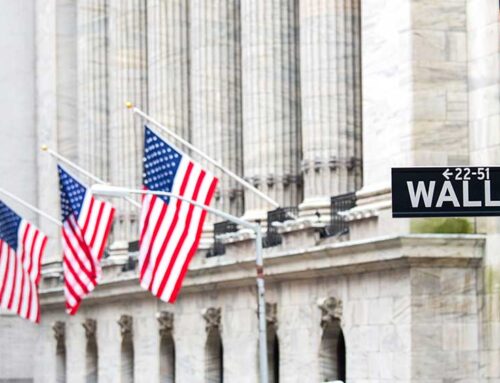The hidden cost of predictable investment rebalancing
April 2, 2025

Monday was the end of the quarter, and you know what that means! That’s right: Trillions of dollars will be slightly rejigged because of an arbitrary date in an arbitrary calendar according to arbitrary rules of thumb.
Most big institutional investors and a lot of ordinary ones have some kind of asset allocation framework that divvies up their money into various markets. A common one is a 60/40 model, where 60 per cent goes into equities and 40 per cent into bonds, but they come in many different flavours.
Many investors regularly rebalance their portfolios to bring allocations back to the target. For example, if stocks have done phenomenally then you’ll end up overweight equities. So at the end of the month, quarter or year you might therefore sell some shares and buy bonds. Or vice versa if bonds have outperformed stocks. It’s a simple, rules-based buy-the-dip strategy.
However, there’s long been a suspicion that this is so predictable — and the resulting flows so gargantuan — that hedge funds and prop trading firms can profitably front-run these regular rebalancing flows.
A new NBER paper written by Campbell Harvey, Michele Mazzoleni and Allesandro Melone backs this up. They estimate that the “unintended consequences of rebalancing” costs US investors alone about $16bn a year.
A back-of-the-envelope calculation using our predictability results estimates that the rebalancing costs borne by institutional investors can exceed 8 bps per year. For a market potentially exceeding $20 trillion in size, rebalancing pressures could translate into an annual cost of $16 billion, or about $200 per U.S. household each year.
To put these numbers in perspective, these costs are higher than those institutional investors pay to invest passively across equity and bond markets. In other words, rebalancing a balanced equity/bond portfolio might cost more than the fees to access those markets in the first place. Further, since rebalancing costs recur annually, their true present value is substantially larger.
The economists modelled two of the most common rebalancing approaches, 1) a simpler, calendar-based approach of rebalancing on the final trading day of each month; and 2) a slightly more sophisticated one where investors allow some drift within a range, and only rebalance gradually once it crosses preset thresholds.
The paper found that the models were predictive of what actually happened around the end of quarters: When stocks had done well and bonds badly, rebalancing funds sold stocks and bought bonds, leading to a temporary decline in equity returns of 16 basis points and a 4 bps uplift in bond returns. When bonds had outperformed stocks the opposite effect happened.
Moreover, the impact faded in less than two weeks, “suggesting that rebalancing trades carry limited informational content about asset fundamentals”.
The economists constructed a sample portfolio that used these predictive signals, which generated average annualised returns of about 9.9 per cent across the 1997-2023 sample period. This equates to a pretty sharp Sharpe Ratio of more than 1, and the strategy performed “particularly well” when markets were especially turbulent, and rebalancing flows can be more meaningful.
However, the paper’s main point was that big, lumbering institutional investors are collectively letting traders scalp them for billions of dollars a year. Regular rebalancing remains important, but it just shouldn’t be so dang predictable, Harvey et al argued:
. . . Rebalancing remains a fundamental tool for ensuring portfolio diversification, managing liquidity, and generating utility gains for mean-variance investors compared to a non-rebalanced portfolio. Therefore, designing more effective rebalancing policies that preserve the benefits of rebalancing while minimizing its costs seems like a priority for future researchers and investors.
Alphaville’s understanding has long been that institutional investors ARE aware of the dangers, and there is as a result fairly little homogeneity when it comes to the hows and whens of rebalancing.
But these results suggest that collectively these efforts still amounts to a blob of capital moving in predictable fashion. And interestingly, Elm Research recently found that regular rebalancing doesn’t actually matter as much as you might think, at least for individual investors.
Search
RECENT PRESS RELEASES
Related Post




